TL;DR
Moody paint colors remain in style for 2025–2026, but the key is intentional use, texture, and lighting. Expect sunwashed earth tones, soft mineral blues, and a confident swing back to warm neutrals like Universal Khaki — all applied with layered finishes and thoughtful contrast. Learn how to use dark colors authentically and which long-tail choices, like nature-inspired kitchen palettes, will last beyond the trend cycle.
Moody Paint Colors, Evolved
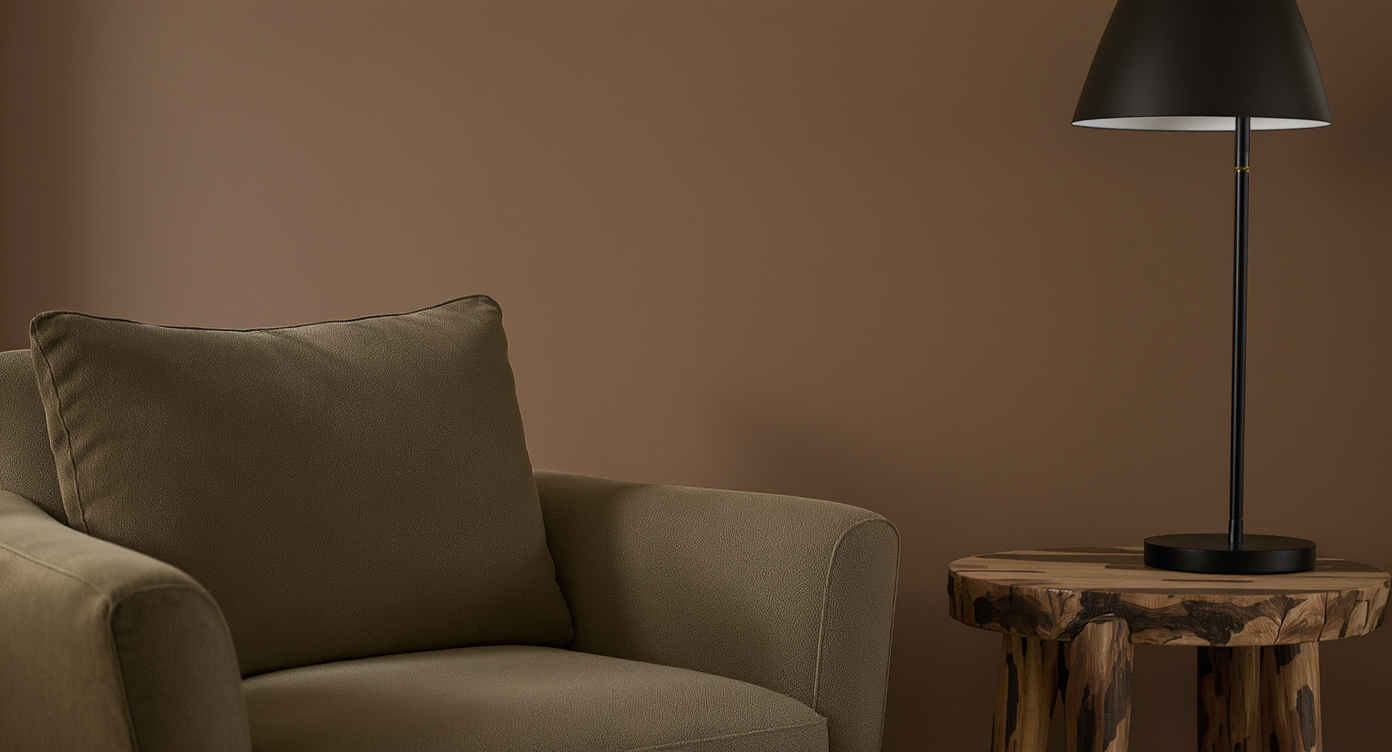
Layer warm neutrals and tactile finishes to create intimate, authentic spaces with moody colors.
Are moody paint colors still in? Yes—if you use them intentionally. Here’s how 2025–2026 color trends make dark hues feel timeless.
Across homes right now, color is becoming quieter, richer, and more personal. Instead of paint-for-a-post, designers are chasing mood, tactility, and flow. The short-tail headline: moody paint colors, earth tones, and warm neutrals. The long-tail story: how to use dark paint colors authentically, layered with texture, natural finishes, and lighting that respects the room.
Here’s the thing: trends only work when they’re in dialogue with your space. This year’s movement isn’t about a single shade. It’s about a mindset — essential, grounded color that feels lived in, long after the algorithm moves on.
Trend Overview
This year’s interiors are slowing down — trading high-gloss showpieces for tactile warmth and subtle contrast. Uniting themes include moody paint colors, sunwashed earth tones, soft mineral blues, and reborn neutrals like Universal Khaki. Designers often advise anchoring with layered neutrals, then adding deep greens, chocolate browns, muted clays, or midnight blues for depth.
Expect to see limewash finish, plaster texture, matte sheens, and nature-inspired kitchen colors. In practical terms, that means materials with presence (oak, walnut, stone, linen) and lighting at 2700–3000K to keep dark rooms cozy. A useful rule of thumb: if a color’s Light Reflectance Value (LRV) drops below 20, plan extra layers of light and pale contrast to avoid a cave-like feel.
Anecdote
A client regretted a stark black bedroom. We repainted in velvety charcoal limewash, swapped a single overhead for two warm bedside lamps and a floor uplight, and layered a pale rug. The room didn’t get lighter — it got softer. Sleep improved the first week.
Design Trend Playbook
Moody paint colors are still trending because they create intimacy and sophistication when paired with texture and intentional lighting. As a rule, dark color works best in rooms where you linger at night — dining rooms, bedrooms, and powder rooms.
Think deep navy, forest green, oxblood, or charcoal in a matte or limewash finish to soften edges. South-facing rooms can handle cooler darks; north-facing rooms usually want warm undertones and layered lighting. Aim for three light sources per room (ambient, task, accent) and bulbs in the 2700–3000K range. Designers often note that dark colors sing when balanced with warm metals, wood grain, and natural fabrics. Alt-text suggestion: moody navy dining room with brass chandelier and walnut table.
How to Bring It Home
- Pick an LRV under 30 for cozy, under 15 for true drama.
- Start with a powder room to test the look at a small scale.
- Pair dark walls with pale drapery or art mats to create breathing room.
Sunwashed Earth Tones
Sunwashed earth tones — muted clay, soft sage, warm sand, pale stone — deliver color without visual noise. These hues work because they echo the outdoors and flatter most lighting conditions.
Use them as your living room or bedroom foundation, then layer contrast via walnut, travertine, woven grasses, and linen. A practical rule: keep walls and large upholstery within a tight value range (within 10–15 points of LRV) for calm, then add one saturated accent like weathered terracotta or olive. Experts recommend these hues to achieve a relaxed, modern-classic look that resists the trend clock. Alt-text suggestion: soft sage living room with linen sofa and oak accents.
How to Bring It Home
- Swap in sand-toned textiles and a clay vase before repainting.
- Combine matte plaster walls with rattan, bouclé, and honed stone.
- For small spaces, match wall and drapery color to expand the envelope.
Essential Neutrals: Universal Khaki & Layered Calm
Warm neutrals are back in a big way, led by Universal Khaki and similar grounded beiges. These work as connective tissue in open-concept homes and make saturated accents feel elevated rather than busy.
Designers often advise using warm neutrals on kitchen islands, built-ins, or hallways to tie disparate rooms together. Materials that complement the look include white oak, blackened steel, leathered countertops, and handmade tile. A rule of thumb: if your home reads cool overall, pair khaki with mineral whites; in warm homes, offset with deep greens or inky blues for balance. Alt-text suggestion: khaki island with white oak cabinets and matte brass pulls.
How to Bring It Home
- Test swatches on multiple walls and view morning/noon/evening.
- Layer three neutrals: wall mid-tone, paler trim, deeper textiles.
- Use eggshell or matte on walls; satin on doors for wipeability.
Soft Mineral Blues for the “Nancy Meyers” Look — With Color
If you love breezy neutrals but want life and lift, introduce mineral blues, chalky celadon, or duck-egg accents. The idea is understated color that feels like it’s always been there.
Start with a vintage rug in sun-faded tones, a robin’s-egg painted sideboard, or a small-scale wallpaper with soft blue. Keep metals brushed or antiqued; avoid high-shine chrome that can turn the palette chilly. Designers often advise that one intentional “surprise” piece adds more personality than scattering small trinkets. Alt-text suggestion: neutral living room with duck-egg blue sideboard and linen slipcovered sofa.
How to Bring It Home
- Add washed-blush and misty-blue textiles to a neutral room.
- Use botanical art or handmade glass for quiet color notes.
- Try a mineral white on walls to flatter soft blues and woods.
‘90s Revival, Re-edited
Nostalgic colors are returning — taupe, buttercream, hunter green, and burgundy — but with updated application. The modern move is texture-forward finishes and curated pairings, not theme rooms.
Color-drench a library in burgundy with fawn-colored floors and aged brass, or go big with hunter green on walls, trim, and ceiling for enveloping calm. If using yellow tones, keep them soft (buttercream, ochre) and limit to accents or a single statement piece. Experts recommend limewash over sponge effects to make vintage hues feel current. Alt-text suggestion: hunter green study with fawn herringbone floor and aged brass lamp.
How to Bring It Home
- Swap polished brass for aged or patinated finishes.
- Balance bold color with large swaths of texture: sisal, wood, plaster.
- Pair navy with rust or ochre instead of punchy coral for sophistication.
Nature-Inspired Kitchen Colors 2026
Industry surveys point to earthy kitchen palettes dominating by 2026: roughly 90%+ of pros favor neutrals (light brown, tan, creamy white), with strong support for greens and a smaller share for blues. The kitchen story is warmth, grain, and continuous surfaces.
Expect more white oak and walnut, matte stains, and slab backsplashes in stone or porcelain. Warm quartz in creamy whites or soft browns pairs beautifully with khaki, olive, and clay. Designers often advise extending countertop material up the wall for a seamless, easy-to-clean look. Alt-text suggestion: oak-and-khaki kitchen with stone slab backsplash and matte black fixtures.
How to Bring It Home
- Choose cabinet sheens in matte/satin to showcase wood grain.
- Repeat one undertone three times: cabinet, stone veining, textile.
- Use warm-white LEDs (2700K) under cabinets for flattering color.
Trend Crossovers, Mini-Anecdotes, and Pro Takeaways
Though each trend feels distinct, they share a return to texture, craft, and a sense of restraint. The connective tissue: warm undertones, natural materials, and layered lighting that flatter both moody paint colors and sunwashed neutrals. You’ll notice repeating families — olive, clay, sand, mineral blue — shifting from room to room to create visual flow.
Expert Insights & Mini-Anecdotes
A homeowner with a black accent wall felt the room was stark. Swapping to a charcoal limewash and adding two 3000K lamps transformed it; the wall gained movement, and evening light felt calm rather than cold.
In a compact dining room, burgundy walls paired with an antique brass chandelier made dinners linger. The trick wasn’t the color alone — it was the matte finish, dimmers, and pale linen drapery to keep edges soft.
A dated white-on-white kitchen gained warmth with a khaki island, white oak shelves, and a travertine-look slab backsplash; the neutrals layered into a quietly luxurious backdrop for seasonal flowers and copper.
Design rule to quote: dark rooms need more light layers, not brighter bulbs. Aim for three to five sources at varied heights for any space using moody paint colors.
What People Often Get Wrong About 2025 Design Trends
- Painting the darkest shade in a north-facing room — fix it with warmer undertones, 2700–3000K bulbs, and pale textiles for contrast.
- High-gloss everything — matte or limewash finishes are more forgiving and timeless for dark walls; save gloss for doors or paneling.
- Copy-paste palettes — build a whole-home color story so a dark room feels connected via rugs, art mats, or stained wood repeating elsewhere.
- Stark black-and-white — trade harsh contrast for chocolate, espresso, or khaki with mineral white to keep definition without glare.
- Over-seasonal pairings — avoid holiday-coded duos; instead, use softened versions (rust with pine, ecru with merlot) for year-round appeal.
Tools, Resources & Visualization
Want to audition these palettes without opening a paint can? Use ReimagineHome to visualize how moody paint colors, Universal Khaki cabinets, or a sunwashed earth-tone living room will look under your real lighting. Test color-drenching a hallway, add a sculptural sofa, or preview limewash texture on your walls before you commit. Picture a living room bathed in warm taupe with brushed brass accents and a moss green bouclé chair — quiet luxury, zero guesswork.
Visualization Scenario
Open your phone, snap your dining room, and in minutes use ReimagineHome to try oxblood walls with a mineral white ceiling, or a khaki island against white oak cabinets. Toggle day/night lighting to see how the palette actually lives.
FAQ
Are moody paint colors still trendy in 2025?
Yes. Moody paint colors remain popular when used with texture and layered lighting; experts recommend matte or limewash finishes for timeless depth.
What rooms are best for dark paint colors?
Dining rooms, bedrooms, and powder rooms suit dark paint because evening lighting makes them feel intimate; aim for three light sources in each.
How do I choose the right finish for dark paint?
Use matte, eggshell, or limewash for walls to soften reflections; reserve satin or semi-gloss for trim and doors where durability matters.
How can Universal Khaki feel modern instead of dated?
Pair it with natural materials like white oak, leathered stone, and blackened steel; add contrast with olive, oxblood, or mineral white.
What color pairings should I avoid if I want a timeless palette?
Skip overly seasonal or high-contrast duos; instead, choose softened complements like navy with rust, olive with ecru, or clay with mineral blue.
Where Color Is Headed Next
Color in 2025–2026 is less about volume and more about feeling. Moody paint colors endure because they hold space for conversation and calm; earth tones thrive because they echo the world outside. When you layer texture, respect light, and build a cohesive palette, you step off the trend treadmill and into rooms that age gracefully. The best test? You exhale when you walk in. That’s when you know the color is yours, not just the moment’s.
.svg)

.svg)
.jpg)
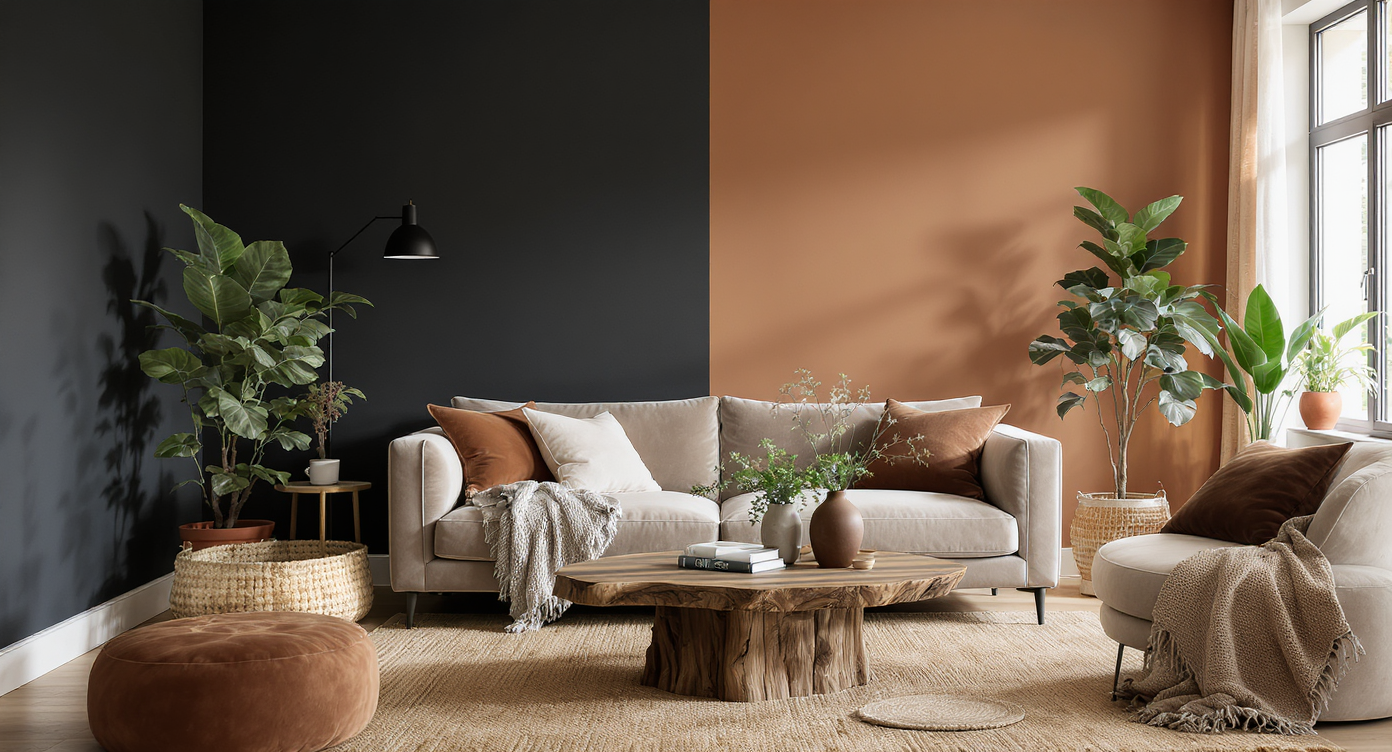




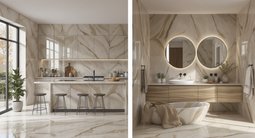
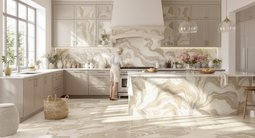



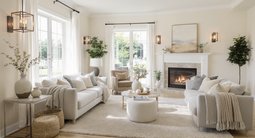


.png)